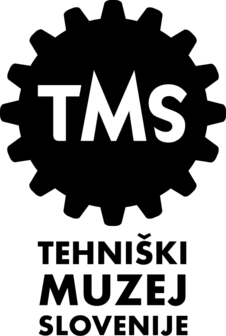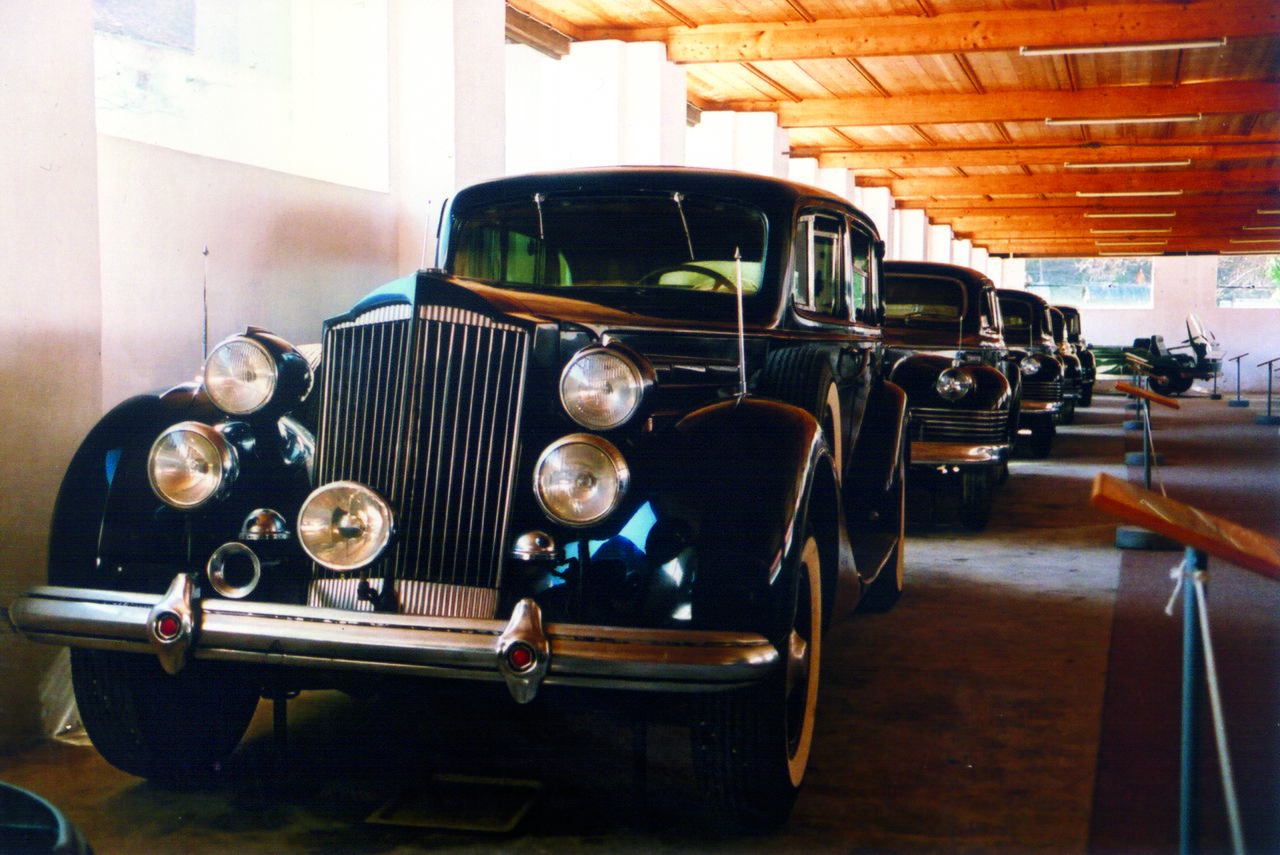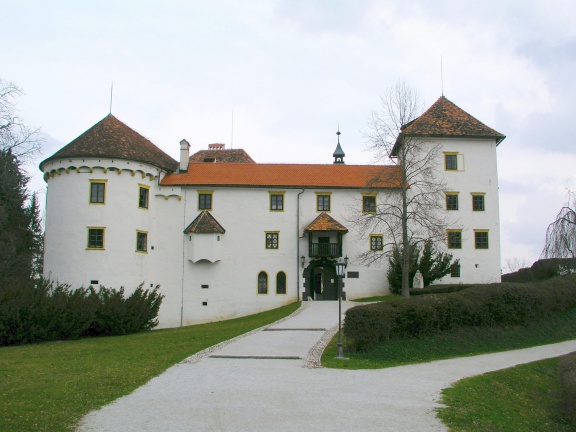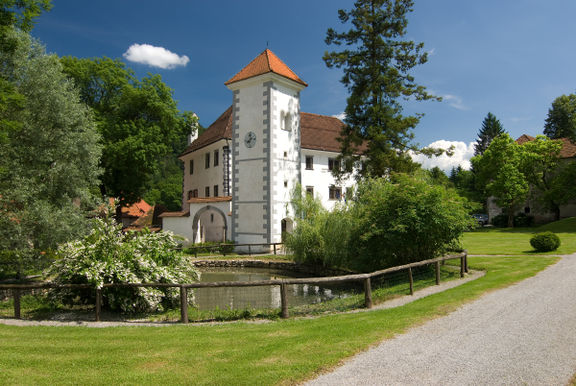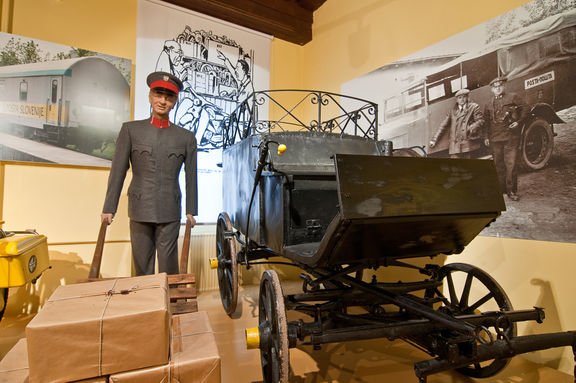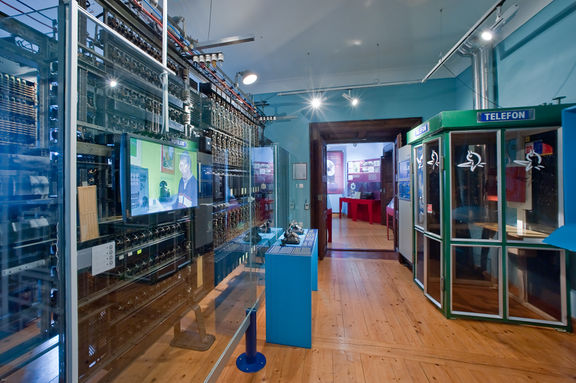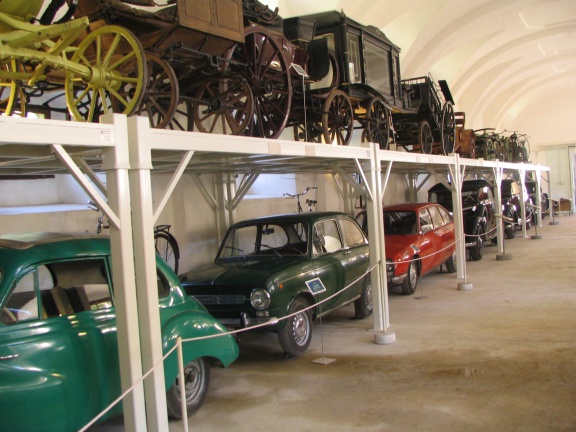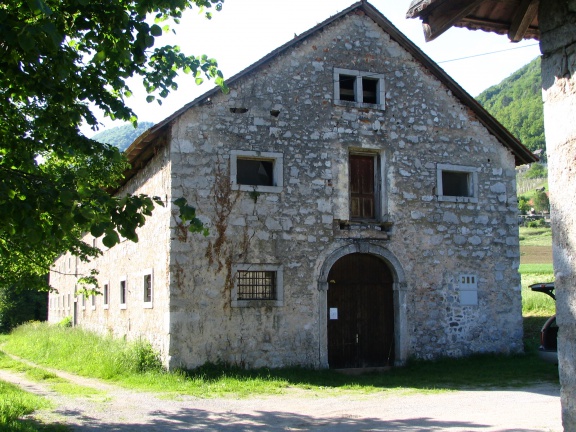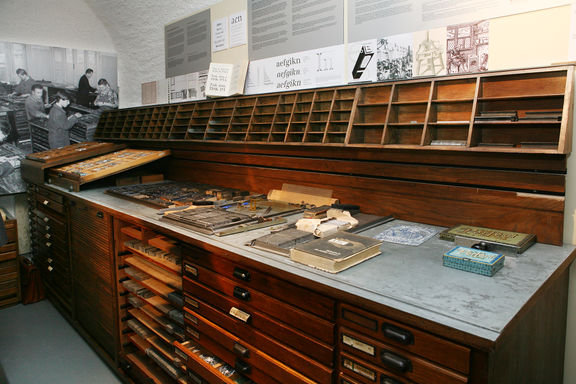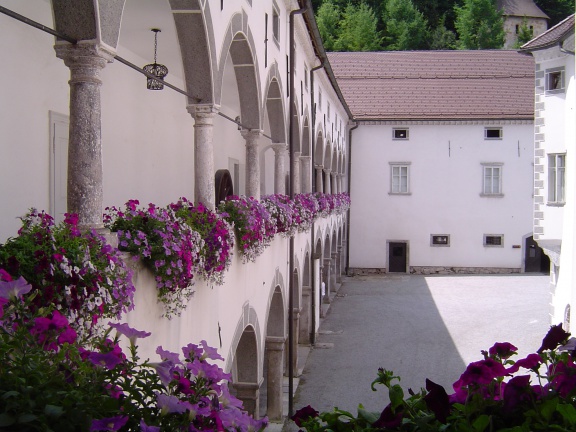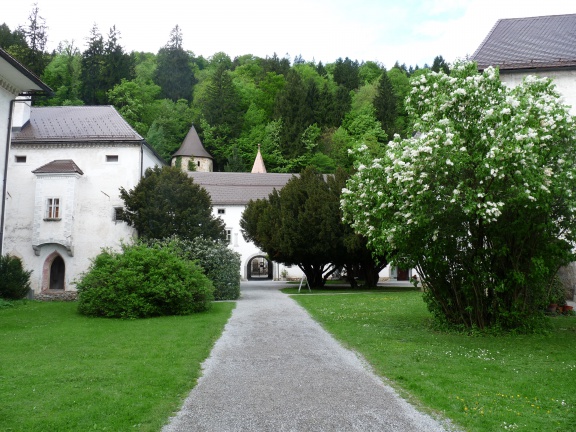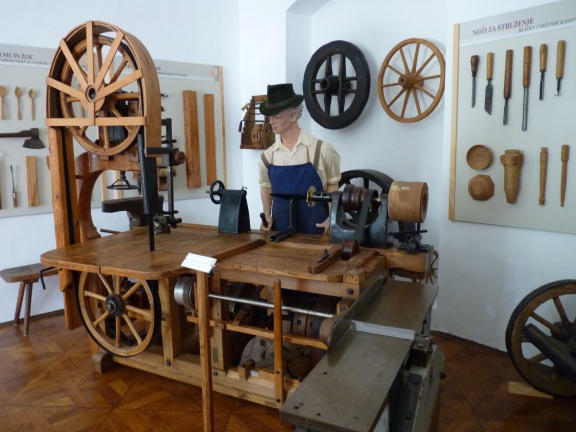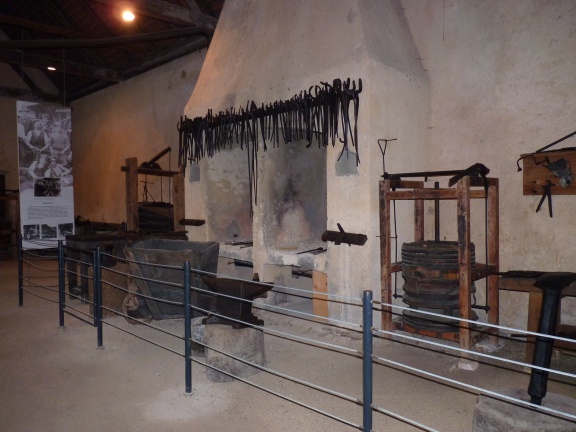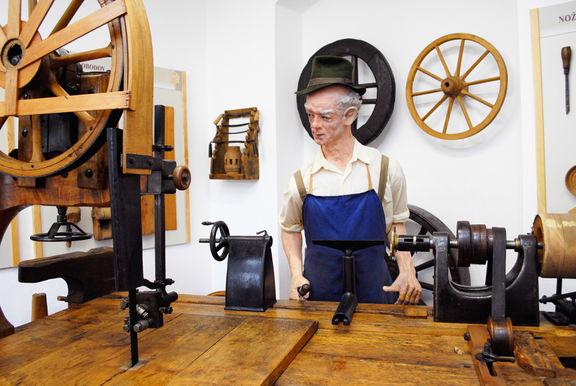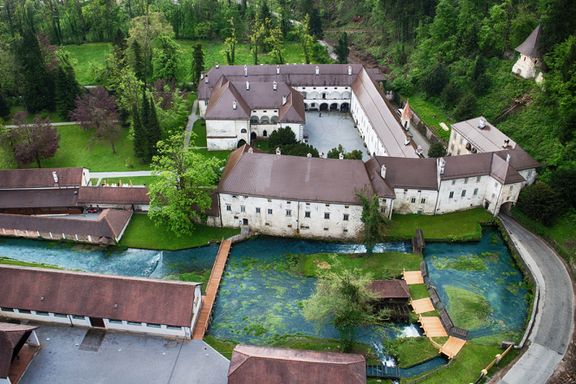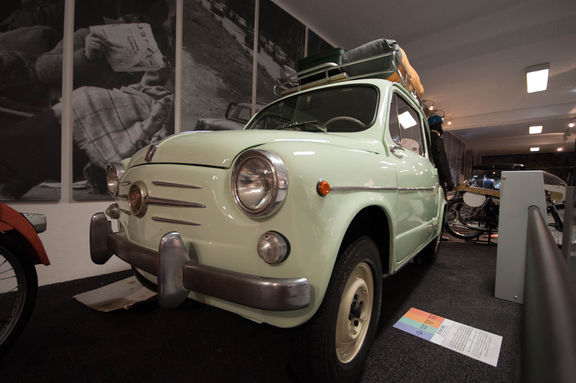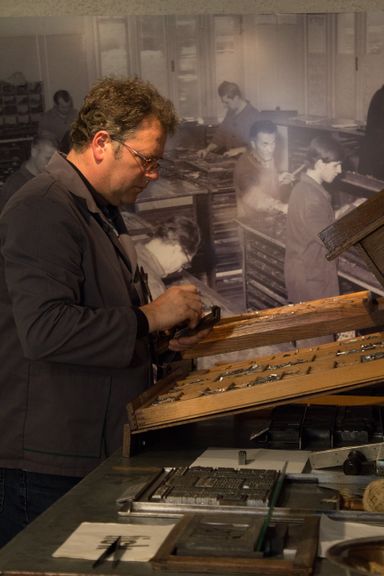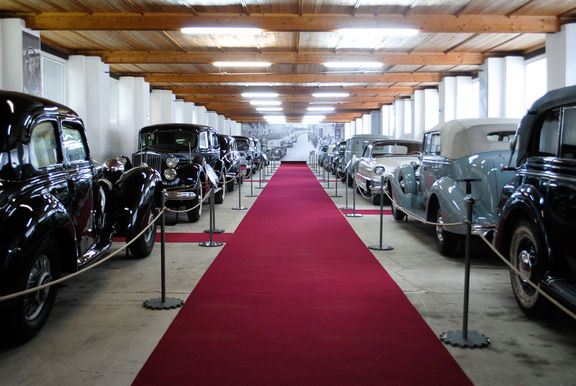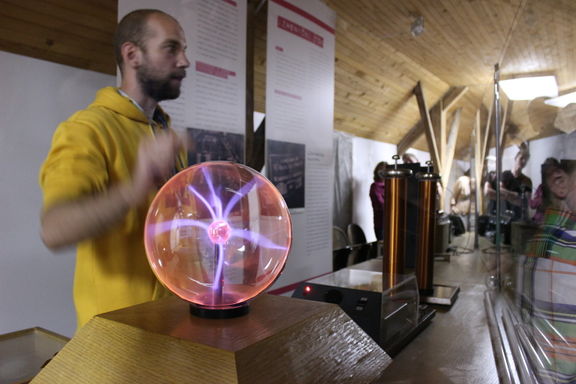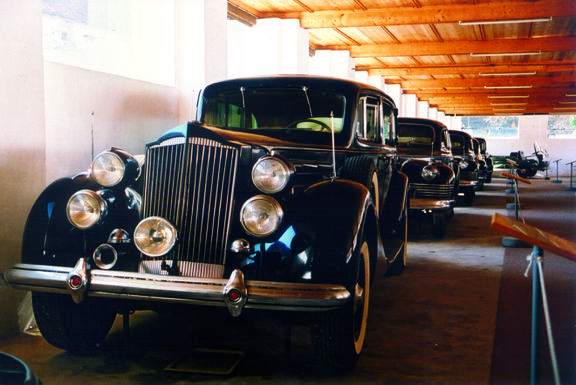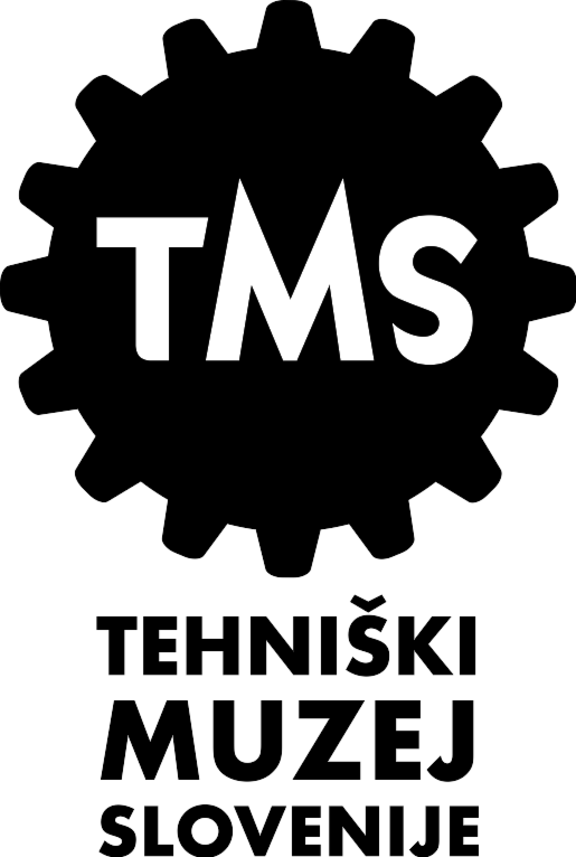Technical Museum of Slovenia
-
to
9 Oct 2018
31 Jan 2019
The exhibition Reaching for the Stars with Elan, curated by Vladimir Vilman and organised by the Technical Museum of Slovenia, supported by the Embassy of the Republic of Slovenia Zagreb,
-
to
25 Jan 2017
7 Apr 2017
-
to
15 Apr 2015
15 Jun 2015
An exhibition on the life and work of Janez Puhar, the inventor of the photographic plate, organised by Technical Museum of Slovenia, supported by the Embassy of the Republic of Slovenia Bratislava,
-
to
29 Jun 2013
9 Oct 2013
The exhibition The Man Who Propelled Vessels - Josef Ressel, co-organised by the Technical Museum of Slovenia
-
to
13 Dec 2012
31 Jan 2013
-
to
15 Dec 2011
31 Jan 2012
-
to
21 Sep 2011
30 Sep 2011
-
to
15 Oct 2010
5 Dec 2010
History
The Technical Museum was established within the buildings of the former Bistra Carthusian Monastery, which had been managed since 1947 by the Forestry Institute of Slovenia and already used to house the institute's museum collections. Consequently when it opened in 1951 the Technical Museum of Slovenia focused on the institute's forestry, woodworking and hunting collections. During its long history the museum has managed a number of collections which have since become independent institutions, including Kropa Iron Forging Museum, the Koroška Regional Museum, Ravne na Koroškem Unit, Idrija Municipal Museum and the Coal Mining Museum of Slovenia in Velenje.

Collections
Today the Technical Museum incorporates numerous departments. The Forestry and Woodworking Department originated as the Forestry Institute Collection and is displayed in a 300-square-metre exhibition area. The Hunting Museum Collection also originated in 1947 and now occupies a 700-square-metre exhibition area equipped with computer-supported multimedia as well as film and sound recordings. The Fishing Department, opened in 1982, incorporates an ecology section.
The Transportation Department occupies the largest exhibition area of about 2,500 square metres, and includes Slovene road vehicles (the oldest from the pre-war period), a collection of prestigious presidential limousines, a collection of automobiles on long-term loan from the German Technical Museum in Berlin and Slovene motorcycles from the Tomos of Koper Collection.
The Textile Department presents the history of spinning and weaving and the machine production of fabrics and organises workshops in weaving, sewing, and painting on silk and cotton.
The Department of Agricultural Machinery Collection, housed in a 1,500-square-metre outbuilding, includes a wheelwright's workshop, a farrier's workshop, and an exhibition on the history of the mill. Demonstrations of smithing, corn grinding in the mill, and bread baking are regularly organised here. The collection of the Electric Machinery Department is displayed in three rooms with an exhibition area of about 370 square metres and presents the history of electrification in Slovenia.
The permanent exhibition The Written Word: History of printing in Slovenia (opened in 2006) displays the history of printing, paper, printing inks, letterpress, book binding, office printing. Demonstrations include type casting, setting by hand, machine set, hand printing by printing machine, illustration printing by plate and book stitching.
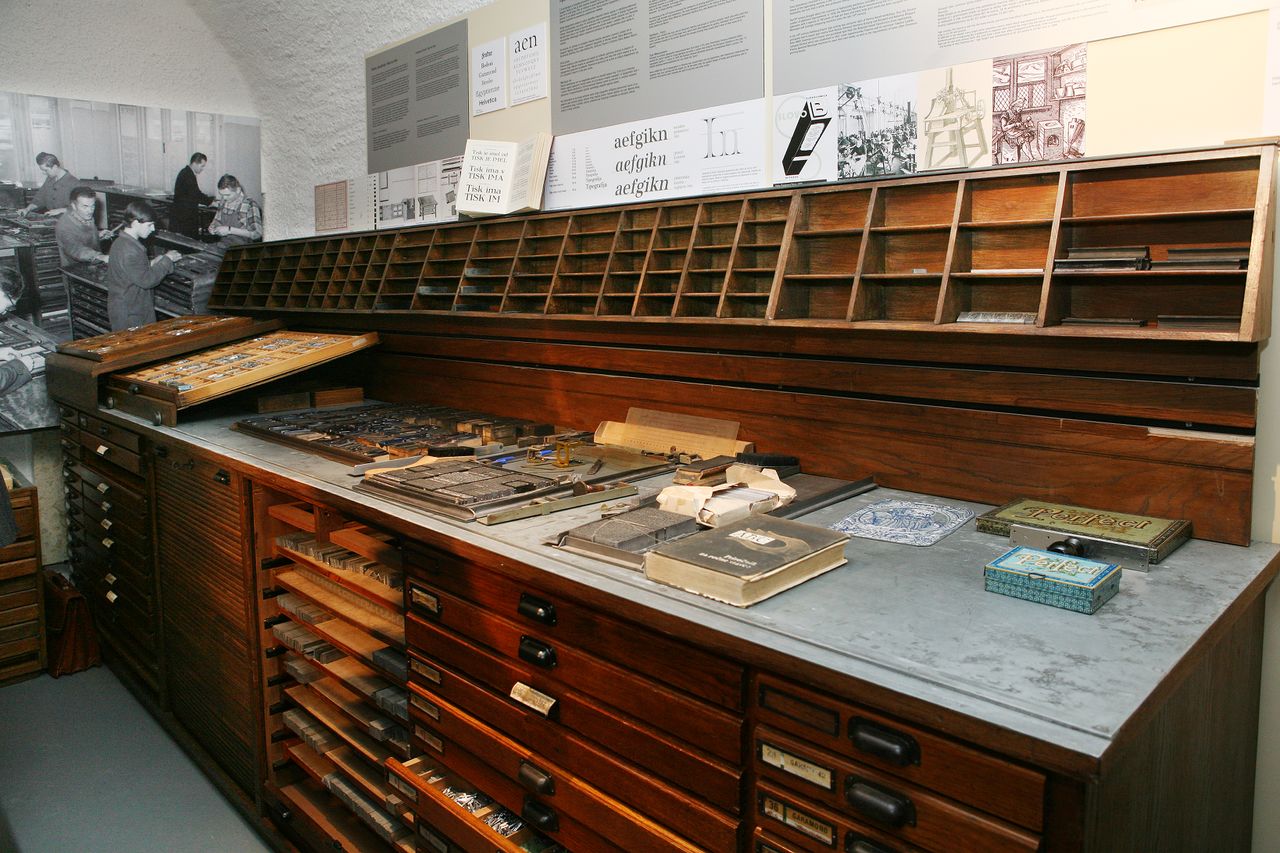 The Written Word: History of printing in Slovenia, permanent exhibition at Technical Museum of Slovenia, 2006
The Written Word: History of printing in Slovenia, permanent exhibition at Technical Museum of Slovenia, 2006
International cooperation
In 2009 Technical Museum of Slovenia launched the project "Central European Science Adventure – CESA" project and cooperated with five technical museums in the region: Vienna Technical Museum (Austria), Hungarian Museum of Science, Technology and Transport in Budapest, Technical Museum in Brno (Czech Republic), Slovak Technical Museum in Košice and City Engineering Museum in Krakow (Poland). The project re-evaluated and presented interesting inventions and discoveries, as well as renowned and unknown scientists and inventors in the field of physics, chemistry, biology, mathematics, mountain science, construction, etc. The touring exhibition resulted also in the web lexicon accessible on the project website.
"A Taste of Europe" was a multi-annual project conceived by the Museum of Work in Norrköping, Sweden, to foster intercultural dialogue about food production and everyday consumption in the light of national differences and similarities, changes over time, climate and environmental issues. Each of the nine invited museums selected one food product that is of special national importance. Thus the Technical Museum of Slovenia presented honey (the reputation of Slovene beekeeping became known as early as 1689 via Janez Vajkard Valvasor!), while other museums featured milk (Sweden), wheat (Museum of Hungarian Agriculture in Budapest), pork (Worker's Museum in Copenhagen, Denmark), beer (National Museum of Agriculture in Prague, Czech Republic), the potato (Estonian National Museum in Tartu), bread (Finnish Labour Museum Werstas in Tampere), fish (Scottish Fisheries Museum in Anstruther, Fife) and olive oil (Museum of Portimão, Portugal). Nine exhibition variations were accompanied with interesting texts, available online.
Since September 2013 the Technical Museum of Slovenia with museum partners from Sweden, Poland, Finland, Belgium and Germany has been participating in the two-year project Work With Sounds, recording disappearing or "endangered" sounds of industrial society.
The projects have been supported by the EU Culture Programme.
Branches
The museum manages various satellites, including Bogenšperk Castle, Pantz Forester's Gravity Cableway, the Museum of Post and Telecommunications, and the Soteska Depot of Vehicles.
See also
- Bistra Carthusian Monastery
- Bogenšperk Castle
- Pantz Forester's Gravity Cableway
- Museum of Post and Telecommunications
- Soteska Depot of Vehicles
- Association of Slovene Museums
- Vransko Motorcycle Museum
External links
- Technical Museum of Slovenia website
- Virtual Museum Guide on Burger.si
- Sounds of Work Archive - Work with Sounds project
- CESA website - a lexicon of CE scientists includes also F. Avčin, S. Bloudek and A. Codelli - "Central European Science Adventure" project
- "A Taste of Europe" project description
- HONEY, on apiculture in Slovenia - "A Taste of Europe" project



